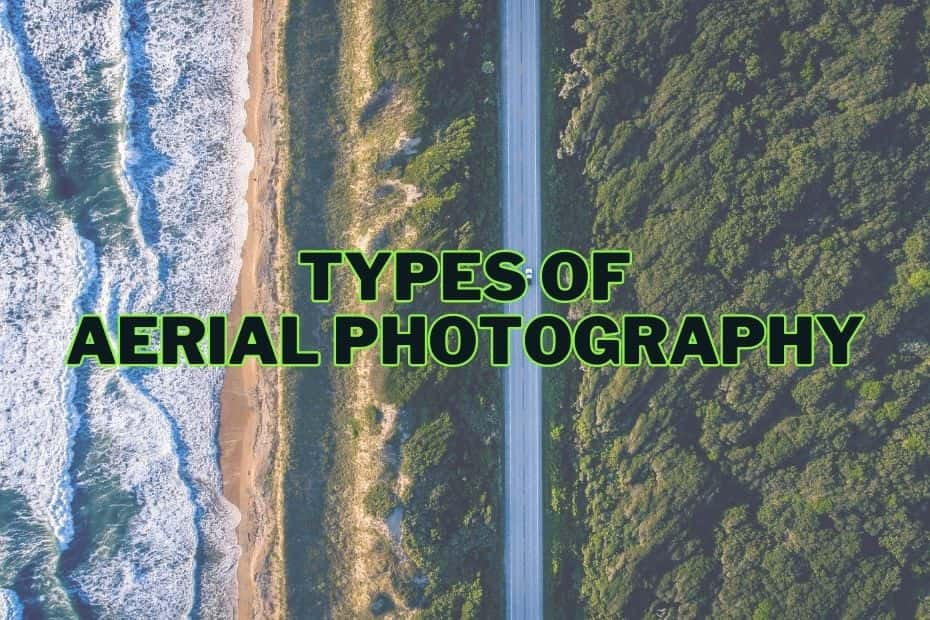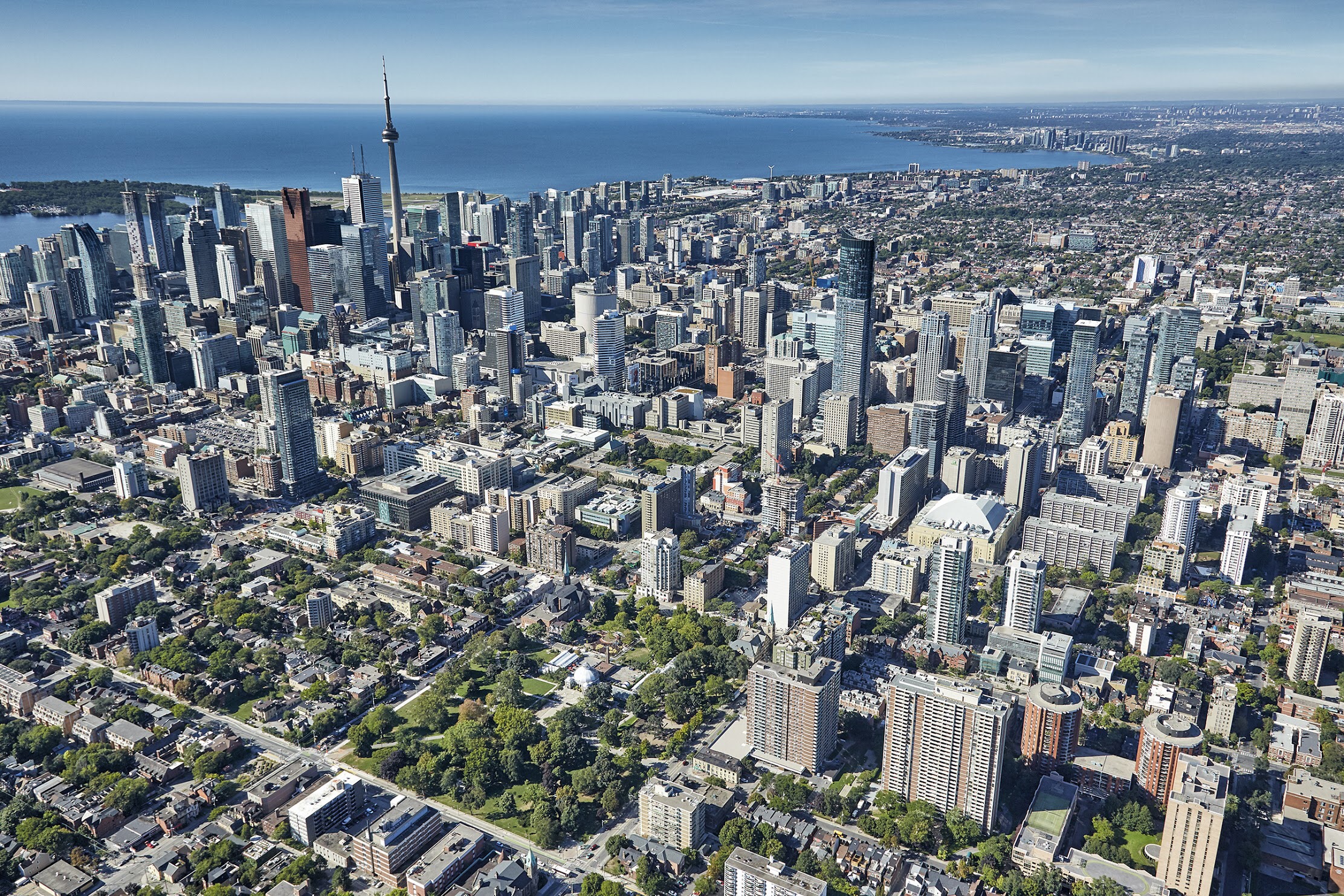What Are Aerial Photographs An oblique aerial photograph is taken with the camera aimed diagonally downward rather than directly downwards like in vertical shots The result of oblique aerial photographs is an image that resembles more closely what we see from an elevated viewpoint like from a hilltop or a tall building providing a more natural perspective
Aerial photography is one of the most common versatile and economic forms of remote sensing It is a means of fixing time within the framework of space Aerial photography was the first method of remote sensing and even used today in the era of satellite and electronic scanners Aerial photographs will still remain the most widely used type of Cost Acquiring and processing aerial photographs can be expensive Skill Requirement Analyzing and interpreting aerial photographs require specialized skills and knowledge Conclusion Aerial photography is a powerful tool in geographical techniques providing valuable data for various applications
What Are Aerial Photographs
 What Are Aerial Photographs
What Are Aerial Photographs
https://www.trafalgar.com/real-word/wp-content/uploads/sites/3/2017/11/Norway-resized-CREDIT-Stian-Klo-DJI-6logo.jpg
Oblique aerial photography is captured at an angle and offers a natural immersive perspective These shots resemble what you might see from a tall building or mountain top giving viewers a three dimensional sense of the landscape or structure This type of photography is widely used in real estate marketing urban planning and architectural
Pre-crafted templates provide a time-saving service for developing a varied variety of documents and files. These pre-designed formats and layouts can be made use of for various personal and professional projects, including resumes, invites, flyers, newsletters, reports, presentations, and more, enhancing the material development process.
What Are Aerial Photographs

Advice To Consider When Starting An Aerial Photography Company DRONELIFE

Exploring The Different Types Of Aerial Photography Explained

13 Stunning Aerial Photographs Of Beaches Photos Architectural Digest

Aerial View Of A Vast Landscape On Craiyon

Satellite Images Vs Aerial Images Different Technologies Different

Aerial Images Show Off London s Famous Landmarks Aerial Images

https://www.archives.gov/research/cartographic/aerial-photography
The National Archives holds over 35 000 000 aerial photographs produced mostly by Federal Agencies These records date from 1918 2011 covering both domestic and foreign sites The vast majority of these aerial photographs are held by the Cartographic Branch spread across various Record Groups and series Aerial photography became an important part of the mapmaking process in

https://www.britannica.com/technology/aerial-photography
Aerial photography technique of photographing the Earth s surface or features of its atmosphere or hydrosphere with cameras mounted on aircraft rockets or Earth orbiting satellites and other spacecraft For the mapping of terrestrial features aerial photographs usually are taken in overlapping

https://greatbigphotographyworld.com/types-of-aerial-photography/
Aerial photography is a fascinating niche that the pros use for many different purposes and there are many different types of aerial photography The term aerial photography refers to taking photographs from an elevated position often using an airborne craft including such equipment as rockets airplanes hot air balloons and more recently drones

https://www.environmentalscience.org/principles-applications-aerial-photography
Aerial photography is as it sounds the process of taking photographs from the air but there is more to it than simply using a light aircraft or helicopter and flying up to take photographs There are many elements to an aerial survey that must be considered to ensure that the data is useful enough to extrapolate whatever is being investigated

https://pubs.usgs.gov/gip/AerialPhotos_SatImages/aerial.html
Aerial photographs are produced by exposing film to solar energy reflected from Earth Photographic media have been used for aerial reconnaissance since the middle of the 1860 s color film became widely used in the 1950 s Color infrared film which records energy from portions of the electromagnetic spectrum invisible to the human eye was
[desc-11] [desc-12]
[desc-13]